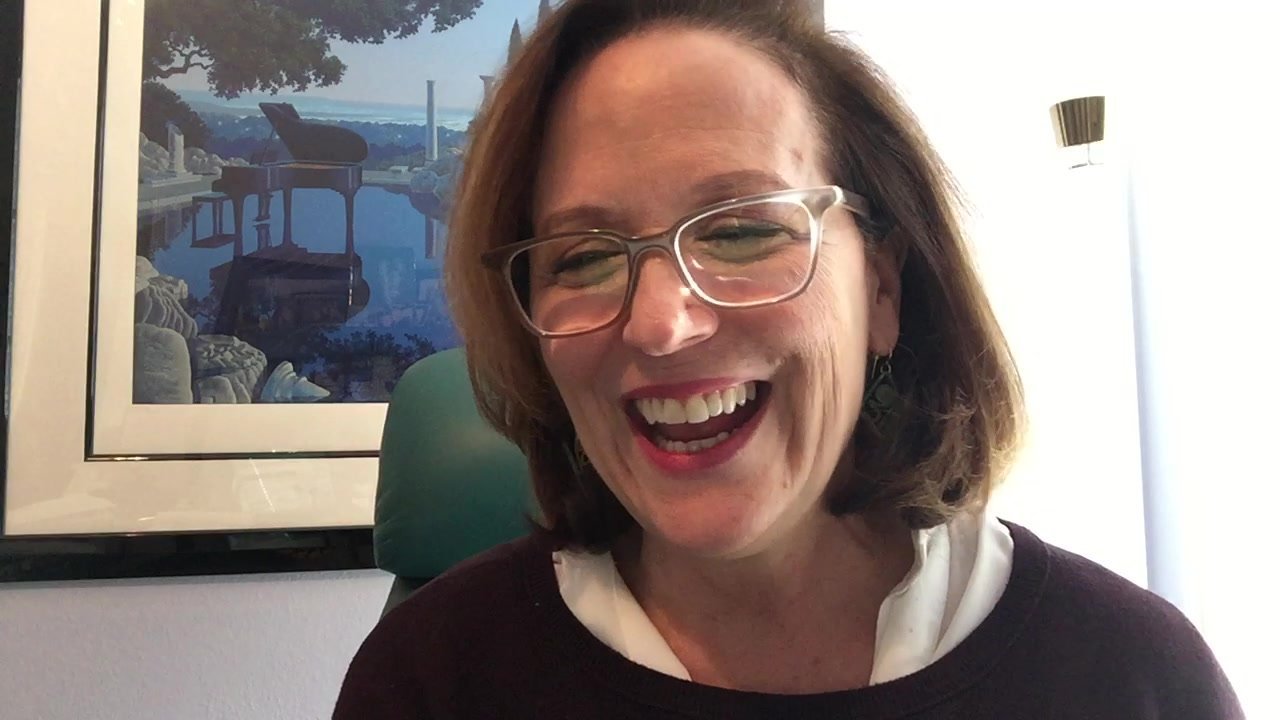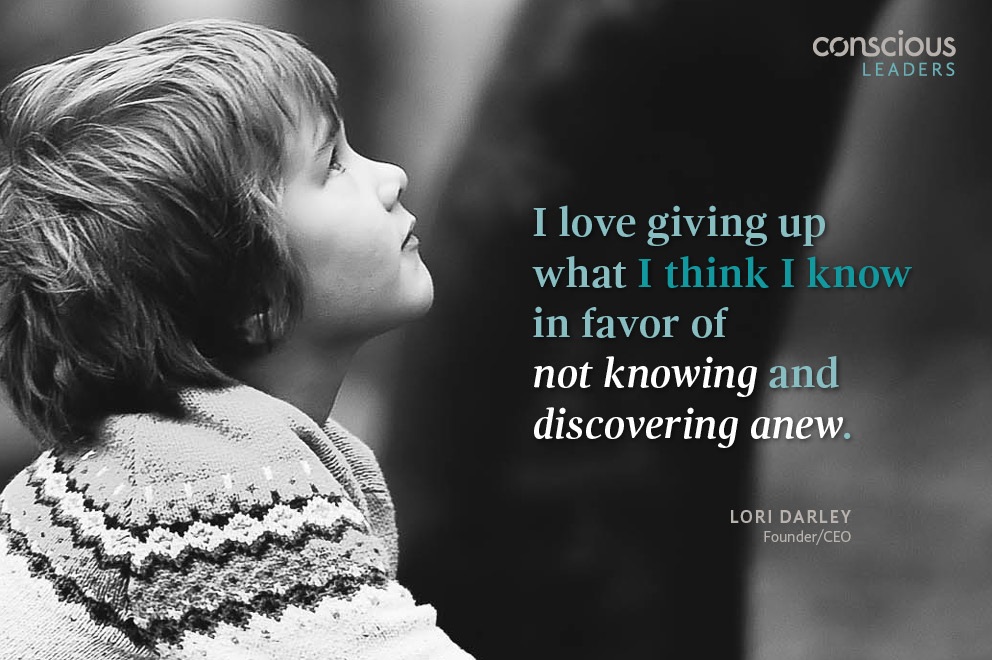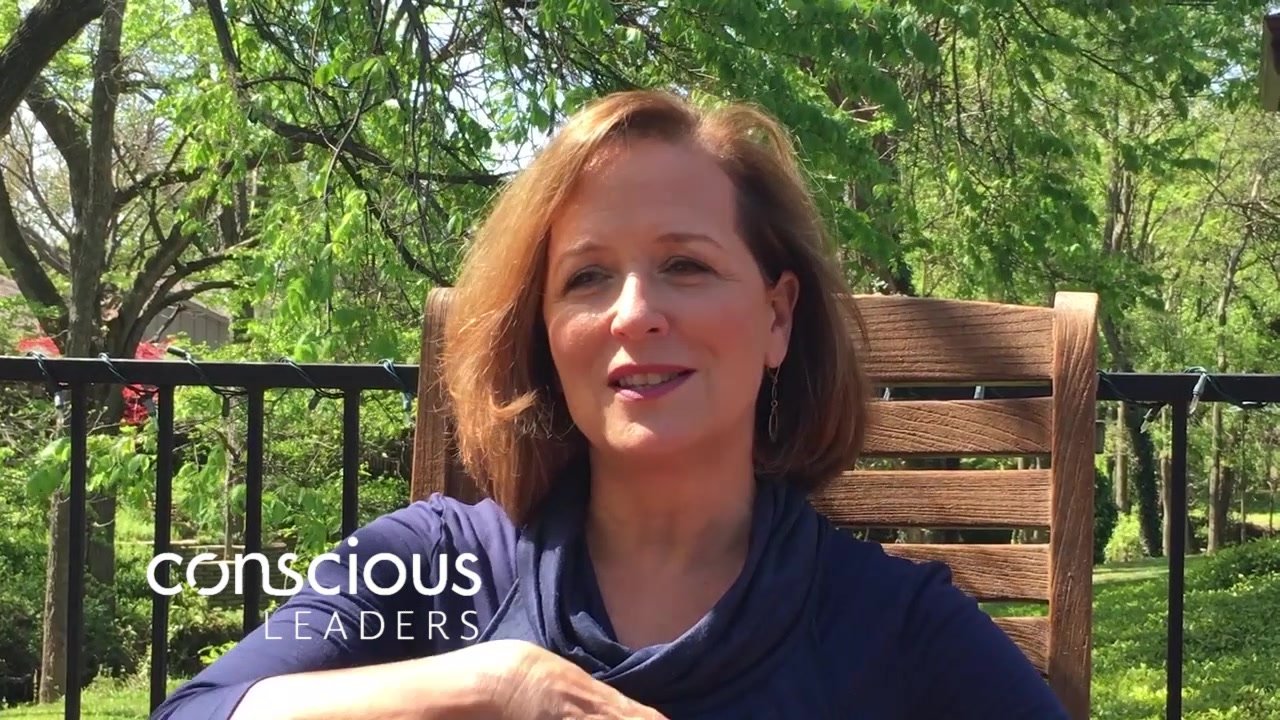Starting Small: Dealing With Injustice, Anger, and Empathy
Co-Authored with Agata Antonow
When you witness injustice, how do you feel? Do you clench your teeth? Do you squeeze your fists so tightly that your nails dig into your palms? Do you feel your heart pounding and hear the blood rushing in your ears? All of these are ways in which anger physically manifests in our bodies.
It’s natural to feel anger when you see something happen or witness an interaction that just isn’t right. Every bone in your body knows that what you see is not okay and that somebody needs to do something about it! I once worked with an animal rights group in Dallas on the problem of people dumping dogs in the woods—dead or barely alive. There was a lot of anger and rage in people who felt so impacted by the inhumane ways dogs were being treated by irresponsible and sometimes cruel pet owners. Anger like that can easily turn into feelings of powerlessness. And in powerlessness, we often turn on ourselves, blame ourselves for not doing enough, not saying what needed to be said in the moment, or worse, saying something we don’t mean.
In working with the animal rights group, I watched how they channeled that anger by taking action. These volunteers would drive around to known dumpsites and look for dogs that were still alive. And when they came across dogs that weren’t alive, they checked for microchips and tags—anything they could use to bring to the police and press charges against the abusive dog owners. The members of this group knew that they were taking action, and that helped them use their anger to make the best out of a bad situation.
Once our interpretations of an event or an injustice change, we can begin to rewrite the story. This is true for all of us. Once we acknowledge that we’re stuck in a cycle where we feel anger and then blame ourselves for not taking action or regretting action we took, which makes us angry again, we can start to find out what actions will help us feel like we’re making a difference.
When you find yourself in this anger cycle, try to stop the never-ending story by asking yourself, “If I could take action and move the needle just a little bit toward what I think is a better outcome, what would I do?” Maybe you’d write a letter to a state representative, volunteer, donate money or goods, organize an event, make a new friend, or hold the door open for a stranger. Once you figure out your next step, and better yet, take it, your mind frees itself from the blame you’ve been shouldering for not acting wisely in the past.
“If I could take action and move the needle just a little bit toward what I think is a better outcome, what would I do?”
Sometimes the anger comes from a place of protection. You react with anger because you’re worried that something precious could be negatively impacted. Maybe you get a critique at work and you respond with frustration bordering on anger. Anger tells us we need to take action. From there, we have a choice. We can turn to effective action or automatic reaction. Effective action means you are not “at effect” of your anger. Instead, you have identified the triggers and seen the truth of the situation. You become “at cause” or responsible for your response. With effective action you can make changes, take action and move on. Automatic reaction just leaves you wanting to defend yourself or lash out further because your angry reaction is often fueled by a need to be right. You become a victim, or “at effect” of a strong emotion.
The need to protect something, whether that’s yourself or something else, can often lead to a strong reaction. In fact, it’s just the brain, doing its thing! It’s the brain’s job to protect the body and defend itself against a perceived threat. If this is the case, start with some empathy for yourself. You might not get things right the first time, but you deserve accolades for trying to learn and for moving on.
One great way to start practicing self-empathy is to connect with what’s most important to you, to really think about what you want and state it in positive terms. For instance, “I’m committed to protecting animals who can’t protect themselves.” You get to fill in the blank as to what is most important to you. Create an intention for how you want to respond now from a place of power, and act from that place. It’s more than just formulating an affirmation. It’s about connecting to your deepest held values. It may not feel true at first, but there is some credibility to the “Fake it ’til you make it” mantra. In fact, pairing this statement of commitment with a grounded experience in the body supports the brain in making more effective choices and strengthening new neural patterns.
Try this:
Stand with your feet spread apart and your arms outstretched with your palms up. Make sure you feel like you’re standing with energy as opposed to just hanging out. Imagine you are holding something heavy. Feel that weight and strength through the central core of your body. While standing in this power position, say your commitment statement. It might be “I am committed to surrounding myself with people who love and respect me.” Or “I am committed to being my best self.” Or “I am the embodiment of kindness no matter who I meet.”
When you match these powerful statements with a powerful physical pose, you strengthen the neural pathways and create stronger habits. This action leads to a more powerful belief in what you’re saying and, ultimately, what you believe to be true about yourself.
Remember, you are not your anger. Nor is your anger permanent or fixed. Through reframing your story, taking action, and forgiving yourself, you’ll find that anger can be acknowledged and then transformed into something good.




